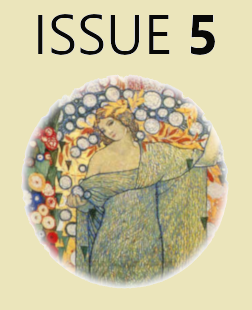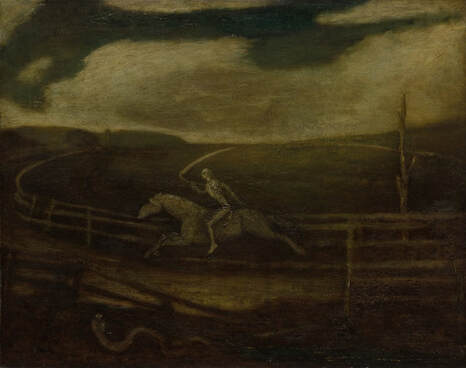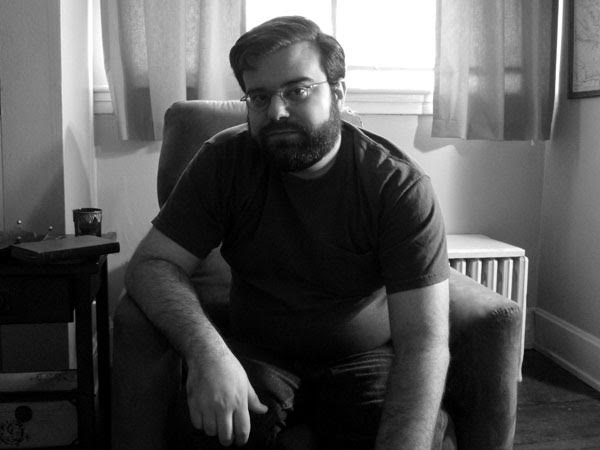|
NORTHEAST OHIO SPOTLIGHT
|
The Name Under the PictureProse by M. Bennardo
The picture hangs in American Realism, Gallery 207 in the museum's 1916 wing. The picture hangs in the middle of the south wall: oil on canvas, three feet by three feet. The frame is gilt wood, adorned with no carving, a hundred years old and likely original.
|





